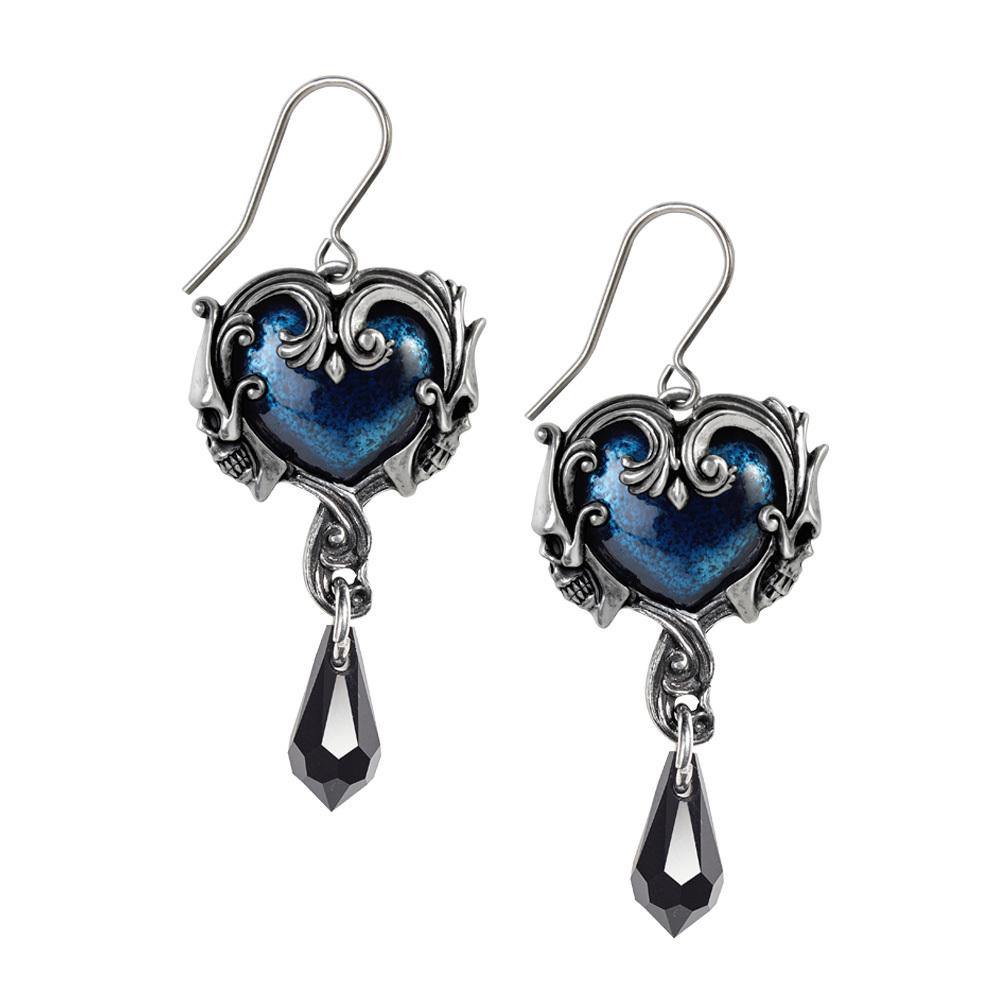- Free Shipping on Orders Over $99
- Up to 40% OFF on Selected Items
- 100% Secure Payment
The allure of jewelry has captivated humanity for centuries. From ancient civilizations to modern societies, jewelry has been a symbol of status, wealth, and personal style. This article explores the fascinating world of jewelry, its history, various types, and the significance it holds in our lives.
Jewelry has a rich and diverse history that dates back thousands of years. It has been discovered in archaeological sites, buried with the dead, and worn by kings and queens. Ancient Egyptians adorned themselves with intricate gold jewelry, often embedded with precious gemstones. Greeks and Romans valued jewelry as a sign of social status and used it to display power and wealth.
In the Middle Ages, jewelry became more ornate and symbolic. It was intricately designed with religious motifs and worn as a form of protection against evil spirits. During the Renaissance, jewelry became an art form, with skilled craftsmen creating intricate pieces for the nobility.
As time progressed, jewelry evolved to reflect changing fashion trends and societal norms. The Industrial Revolution brought mass production techniques, making jewelry more accessible to the middle class. In the 20th century, jewelry design embraced innovation and experimentation, with the emergence of avant-garde styles and the use of unconventional materials.
Necklaces and pendants are perhaps the most popular and versatile forms of jewelry. They come in various lengths and styles, from delicate chains to elaborate statement pieces. Pendants can be personalized with initials or birthstones, adding a sentimental touch to the jewelry.
Rings have been used throughout history to symbolize love, commitment, and allegiance. Engagement rings and wedding bands are the most well-known types of rings. However, rings can also be worn as fashion statements or to signify accomplishments and milestones.
Earrings are a timeless accessory that frames the face and enhances one’s features. From simple studs to glamorous chandeliers, earrings come in countless styles and designs. They can be adorned with diamonds, gemstones, or pearls, adding a touch of elegance to any outfit.
Bracelets and bangles are worn around the wrist and have been popular throughout history. They can be made from various materials such as gold, silver, or even leather. Charm bracelets allow for personalization, with each charm representing a unique memory or meaning.
Brooches are decorative pins that can be worn on clothing to add a touch of flair. They can be crafted from precious metals and adorned with gemstones or enamel. Brooches are a versatile accessory that can be worn on lapels, scarves, or even hats.
Jewelry holds deep cultural and personal significance. It is often worn to celebrate milestones and achievements, such as engagements, weddings, or graduations. It can also be passed down through generations, becoming cherished family heirlooms that connect us to our ancestors.
Furthermore, jewelry allows individuals to express their personal style and creativity. It serves as a form of self-expression, with each piece reflecting the wearer’s preferences and personality. Whether it’s a minimalist necklace or a bold statement ring, jewelry allows us to showcase our individuality.
When choosing jewelry, consider your personal style and the occasion you’ll be wearing it for. Are you drawn to classic, timeless pieces, or do you prefer more contemporary designs? Select jewelry that complements your wardrobe and reflects your unique personality.
Invest in high-quality jewelry that will stand the test of time. Look for reputable jewelers who use genuine gemstones and precious metals. Quality jewelry not only looks better but also retains its value over time.
To keep your jewelry looking its best, store it in a clean, dry place away from direct sunlight. Avoid exposing it to harsh chemicals or perfumes that can tarnish or damage the metal. Regularly clean your jewelry using mild soapy water and a soft brush to remove any dirt or debris.

Periodically have your jewelry inspected and cleaned by a professional jeweler. They can check for loose stones, worn prongs, or any other issues that may require repair. Professional maintenance ensures that your jewelry remains in excellent condition for years to come.
Jewelry has transcended time and continues to be a cherished form of self-expression. From its fascinating history to the diverse types available, jewelry holds immense significance in our lives. Whether it’s a simple necklace or an extravagant ring, each piece tells a story and adds a touch of elegance and style to our everyday lives.